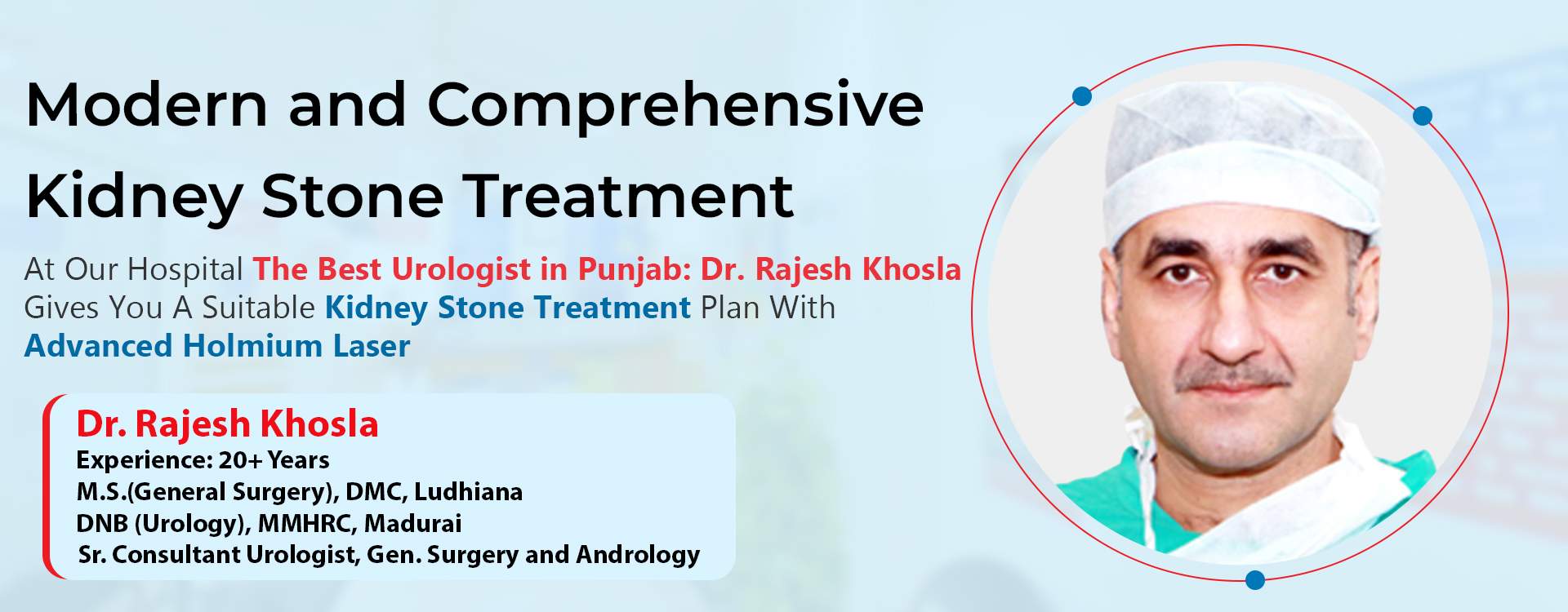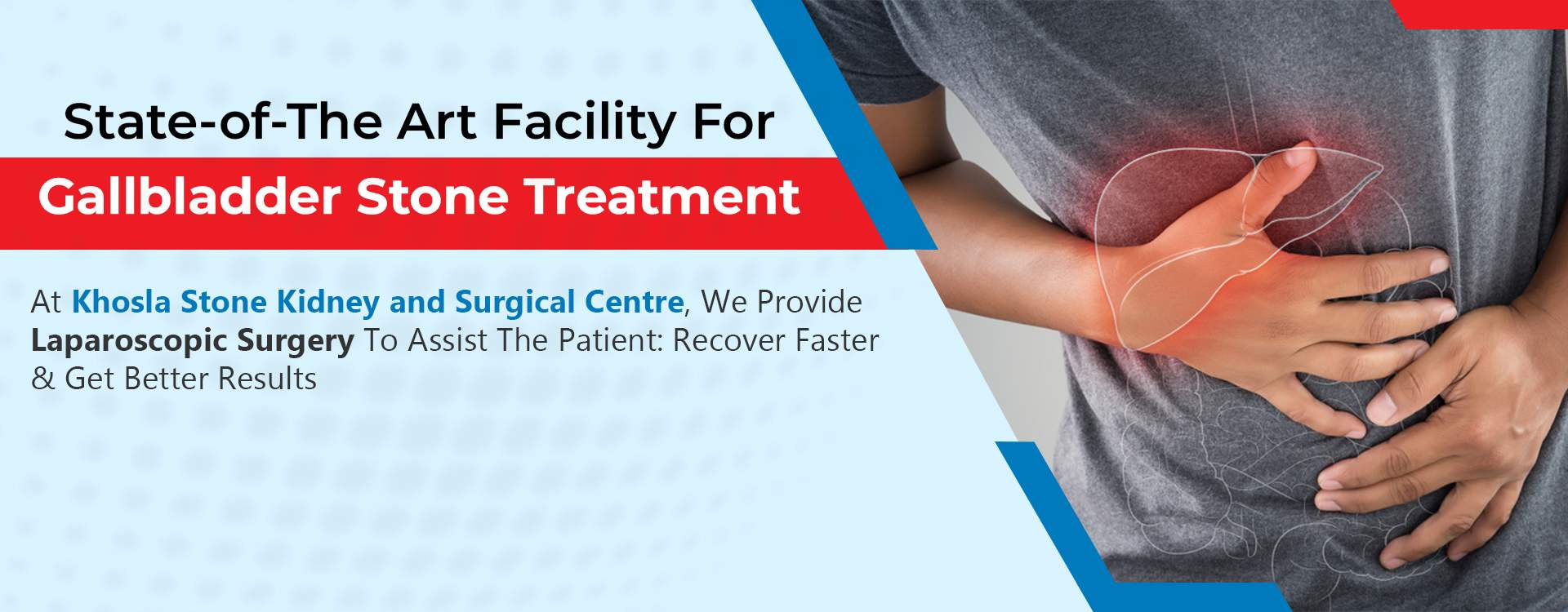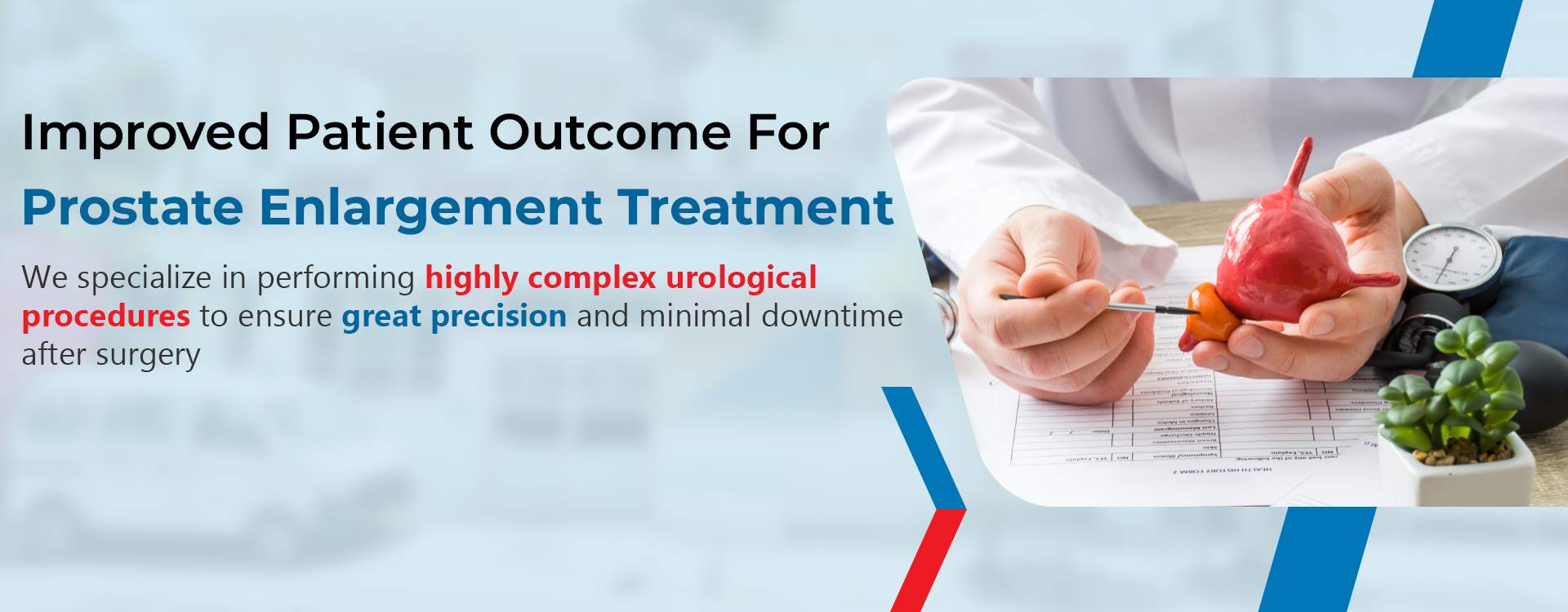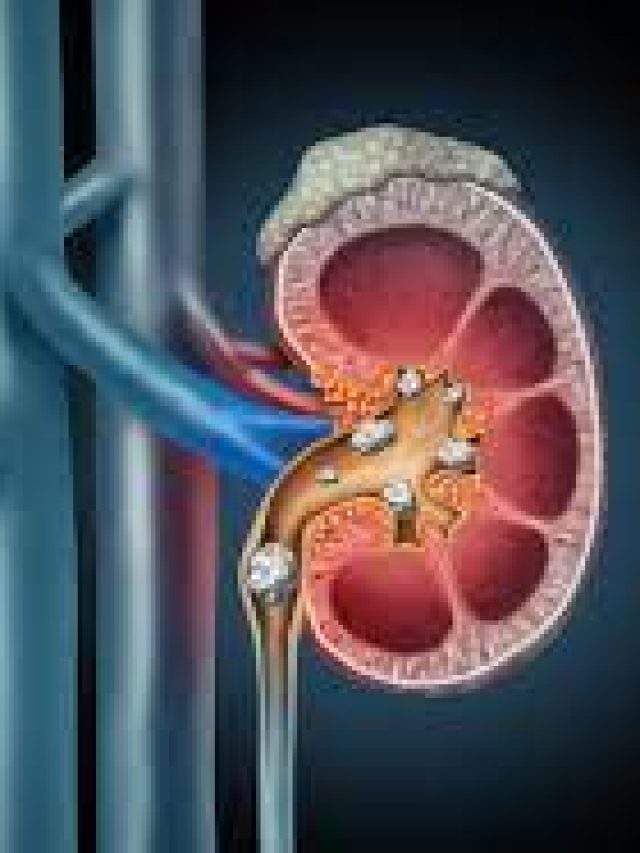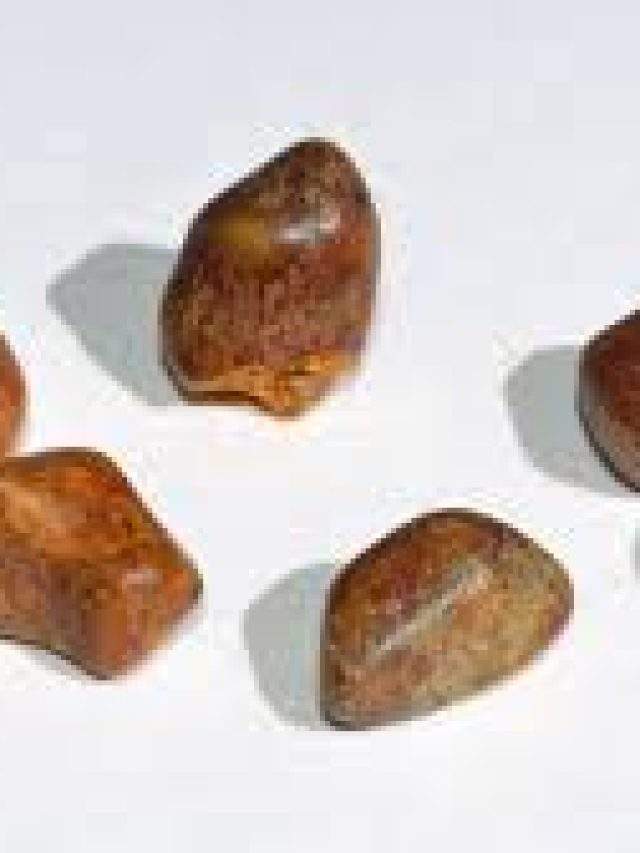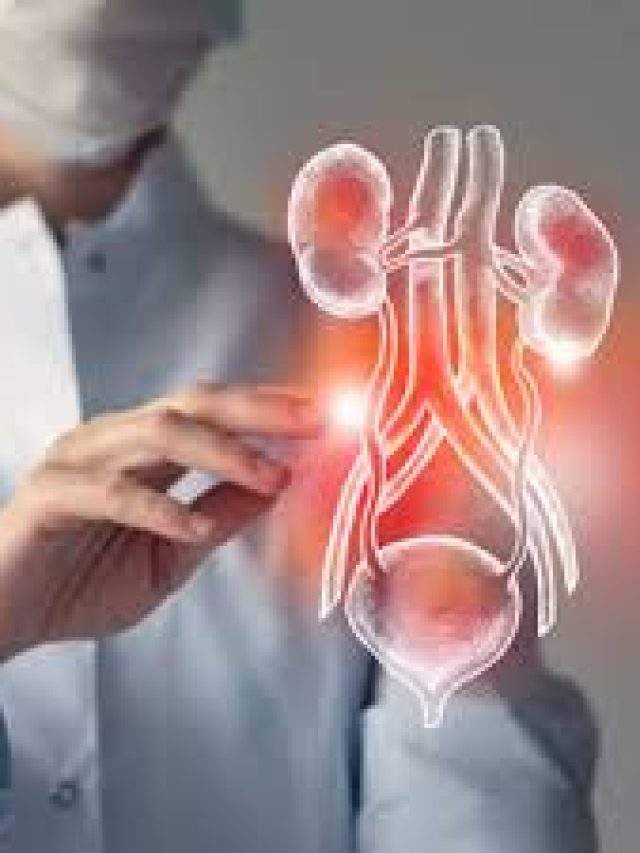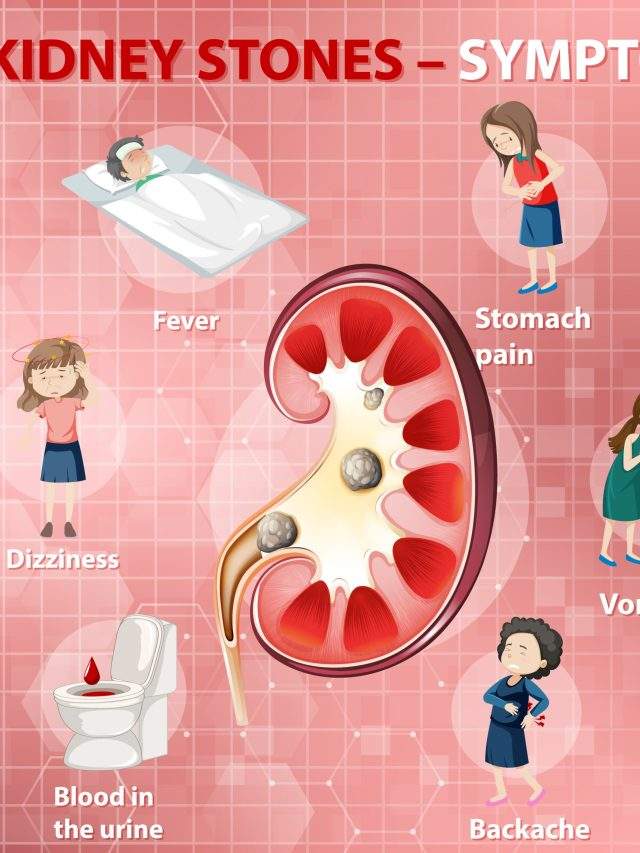We Are Doing Our Part .To Make HealthCare Safer For Everyone
- High-quality care
- Modern medicine
- Better Outcomes
- Exceptional medical staff
- Transforming healing experience
- Complete health assessment
Request An Appointment
Kidney Hospital in Ludhiana, Punjab | Khosla Stone Kidney & Surgical Centre
Kidney Hospital in Ludhiana, Punjab, Khosla Stone Kidney & Surgical Centre is one of the well-known Urology center in Ludhiana, run and established by a board-certified Urologist in Punjab: Dr. Rajesh Khosla (Expertise of 20+ Years). He tirelessly works to take the treatment of Urinary Tract diseases and Kidney Stone treatment in Ludhiana to the next step. The Kidney hospital in Punjab offers state-of-the-art treatment through procedures like Extracorporeal ShortWave Lithotripsy (ESWL), Mini PCNL (Mini Perc), Ureteroscopy (URS), and Percutaneous surgery of kidney stone (PCNL).
He and the entire team have been responsible for providing the latest and most advanced treatment in the stone treatments at Best Kidney Hospital in Ludhiana to serve the patients with top-notch care. Presently RIRS (Retrograde Intrarenal Surgery) with Holmium Yag Laser through flexible Ureteroscope and many other advanced procedures are performed by giving the treatment based on international standards.

Excellence & Affordable Care

Great Infrastructure
Qualified Doctors

Emergency Department

Years Of Experience

Successful Kidney Treatment

Happy Patients







